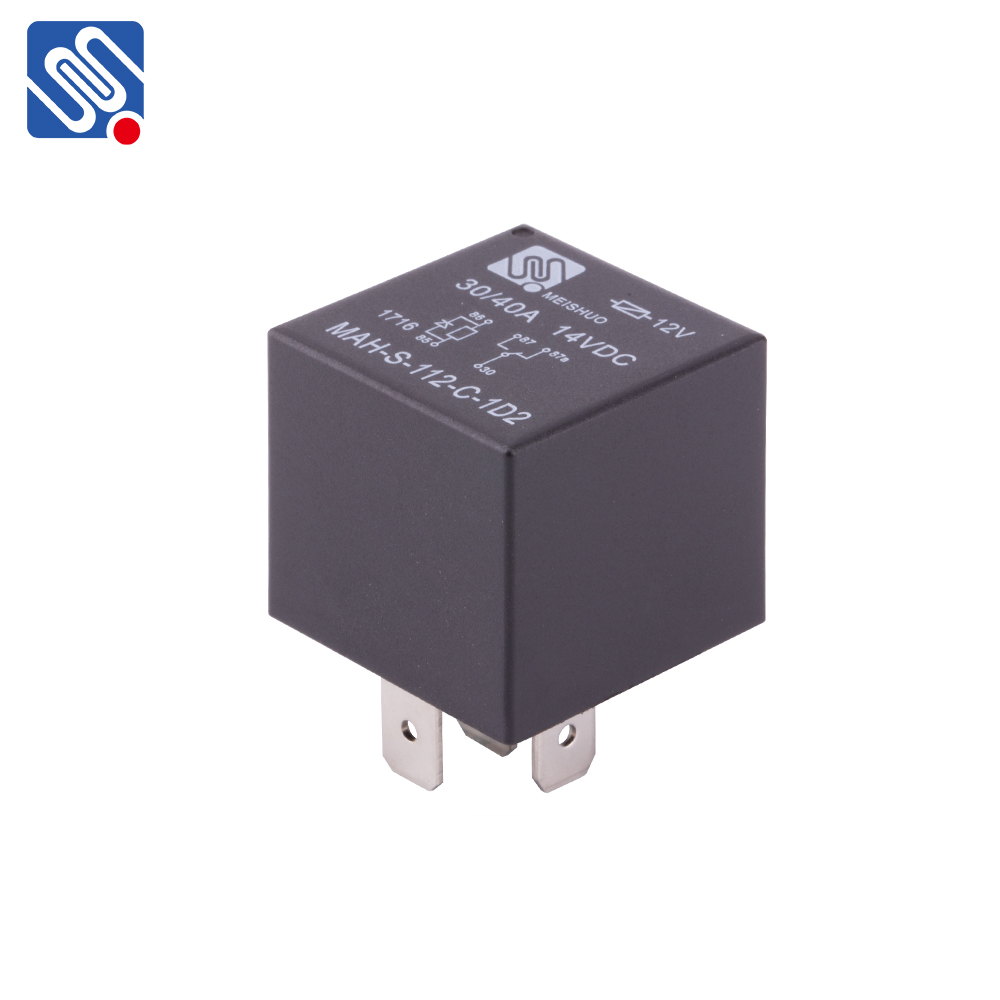Relay characteristics are essential in determining the efficiency and reliability of relays in electrical and automation systems. A relay functions as an electrical switch that operates automatically when a specific input signal is received. By switching its contacts, the relay controls the flow of current in a circuit. Understanding the various characteristics of a relay is crucial for selecting the appropriate relay for specific applications, ensuring the system performs optimally. This article explores the key relay characteristics, including contact performance, operating voltage, switching times, and longevity.

1. Contact Characteristics One of the most fundamental relay characteristics is the contact configuration. Relays are typically available in several configurations, including single-pole single-throw (SPST), single-pole double-throw (SPDT), and double-pole single-throw (DPST). The configuration of the relay determines the number and type of contacts used for switching the circuit. Additionally, contact rating is a critical factor. The contact rating specifies the maximum voltage and current that the relay can safely handle. If the relay is exposed to electrical conditions beyond these ratings, it could lead to contact wear, arcing, or even failure. Another important aspect is the contact material, as it influences the longevity and reliability of the relay. Common contact materials include silver, gold, and palladium, each chosen based on the specific needs of the application.